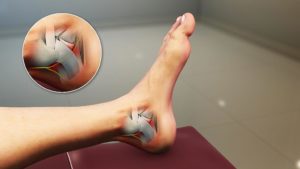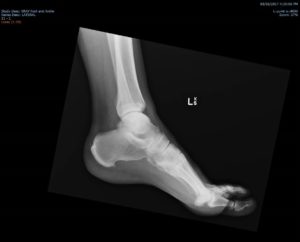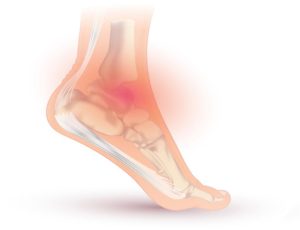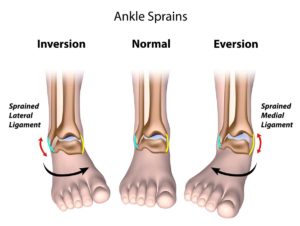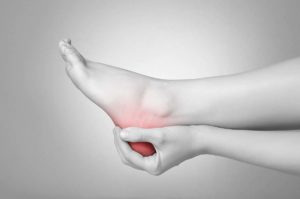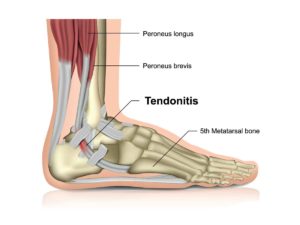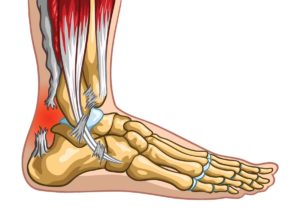
Hallux Valgus and Rigidus
Typical Symptoms
Hallux valgus and rigidus cause pain and swelling around the base of the big toe. With valgus, the toe moves outwards while with rigidus there is stiffness and limited movement.
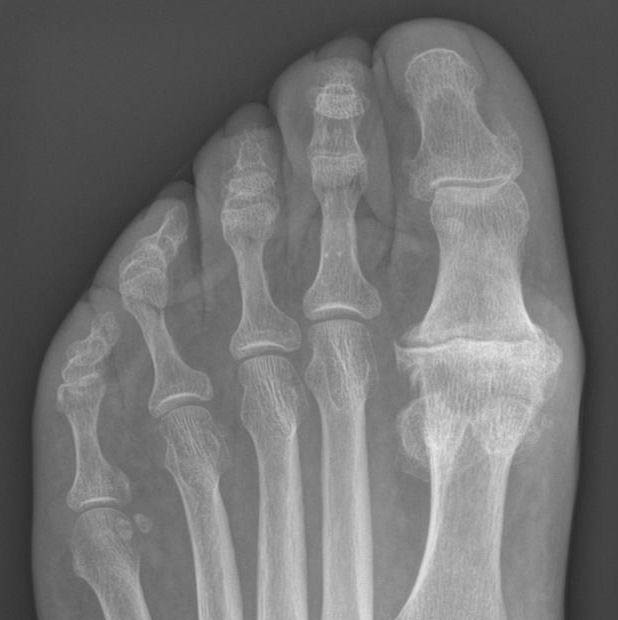
What causes it?
Hallux valgus is often thought to be due to footwear choices but it tends to run in families often with parents having similar changes.
Over time, there can be degenerative (wear and tear) changes in the joint. With rigidus, there might be history of minor trauma or overload of the joint, leading to degeneration and narrowing of the joint.
How can I help myself?
Perhaps think about how the symptoms came on and what seems to be exacerbating them. In the case of hallux valgus, there might have been a trauma in the past.
If there is considerable swelling and pain, offloading from activities can help as may PRICE guidelines. Analgesia such as anti-inflammatories can help reduce swelling and wide fitting shoes can reduce compression.
When to seek help?
If your symptoms are significant, if it is affecting your mobility or if it is progressive, it would be good to have your foot assessed.
What are the treatment options?
Once your clinician assesses you with a thorough history and examination, they may undertake a weight-bearing X-ray to look for degenerative or other bony changes. An ultrasound can help assess the joint for swelling and inflammation. For the most part, rehabilitation with a podiatrist is a great starting point for treatment, with advice on footwear, orthoses or loading.
In some situations, where pain is particularly bad, your clinician might offer you an ultrasound guided cortisone or PRP injection for pain symptoms. However if these are not helpful, then further investigation with an MRI followed by a surgical intervention, may be required.


